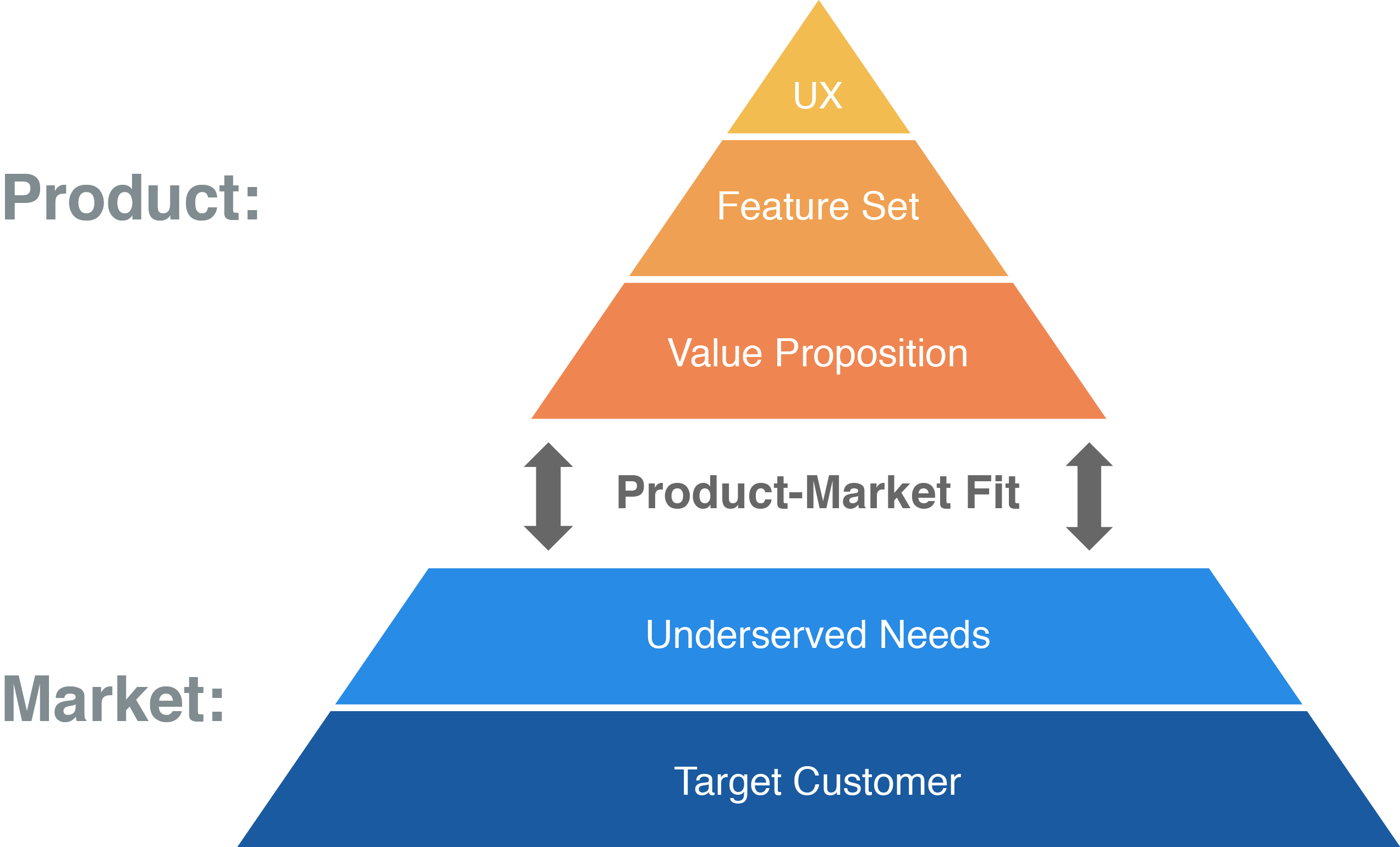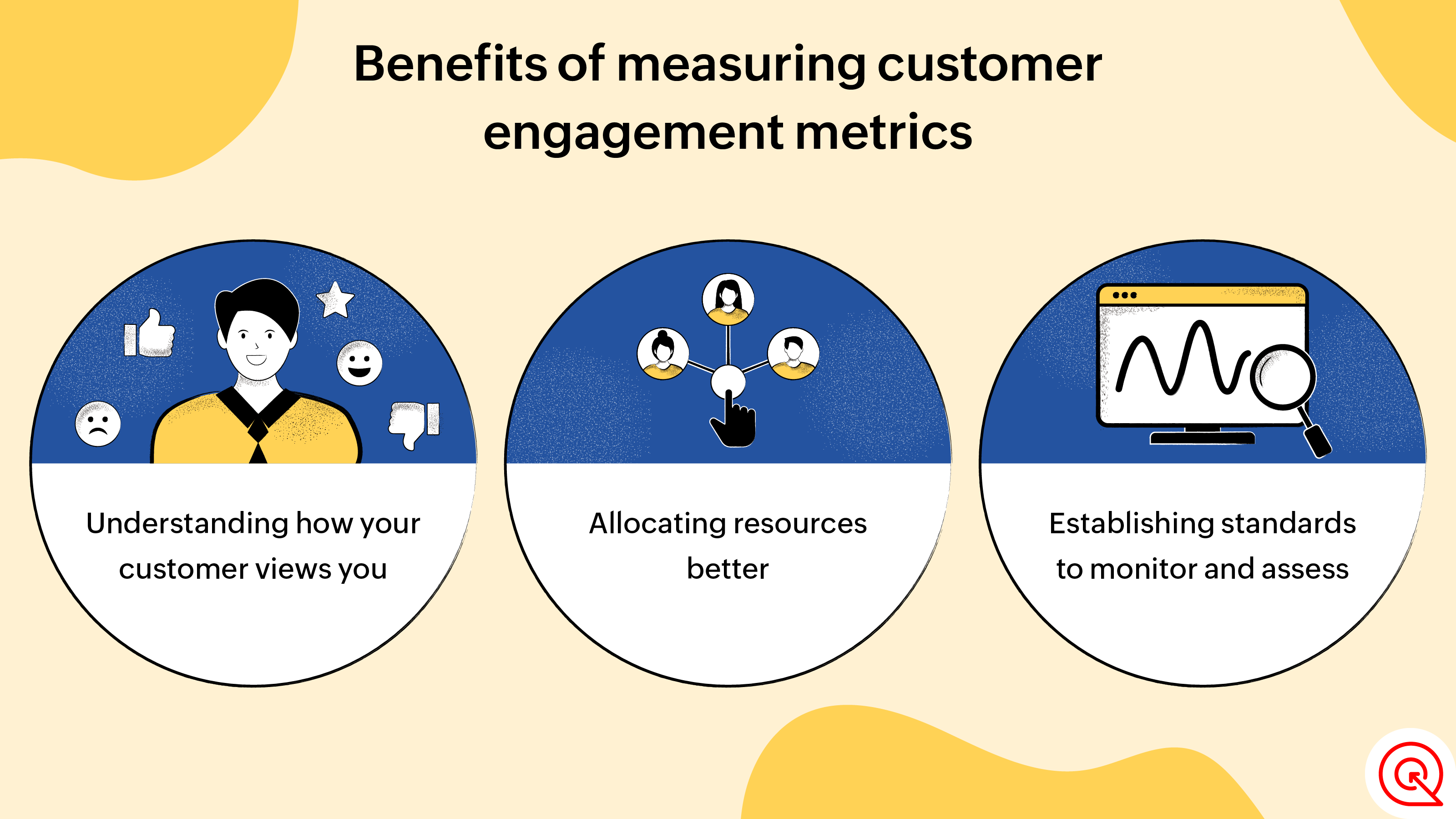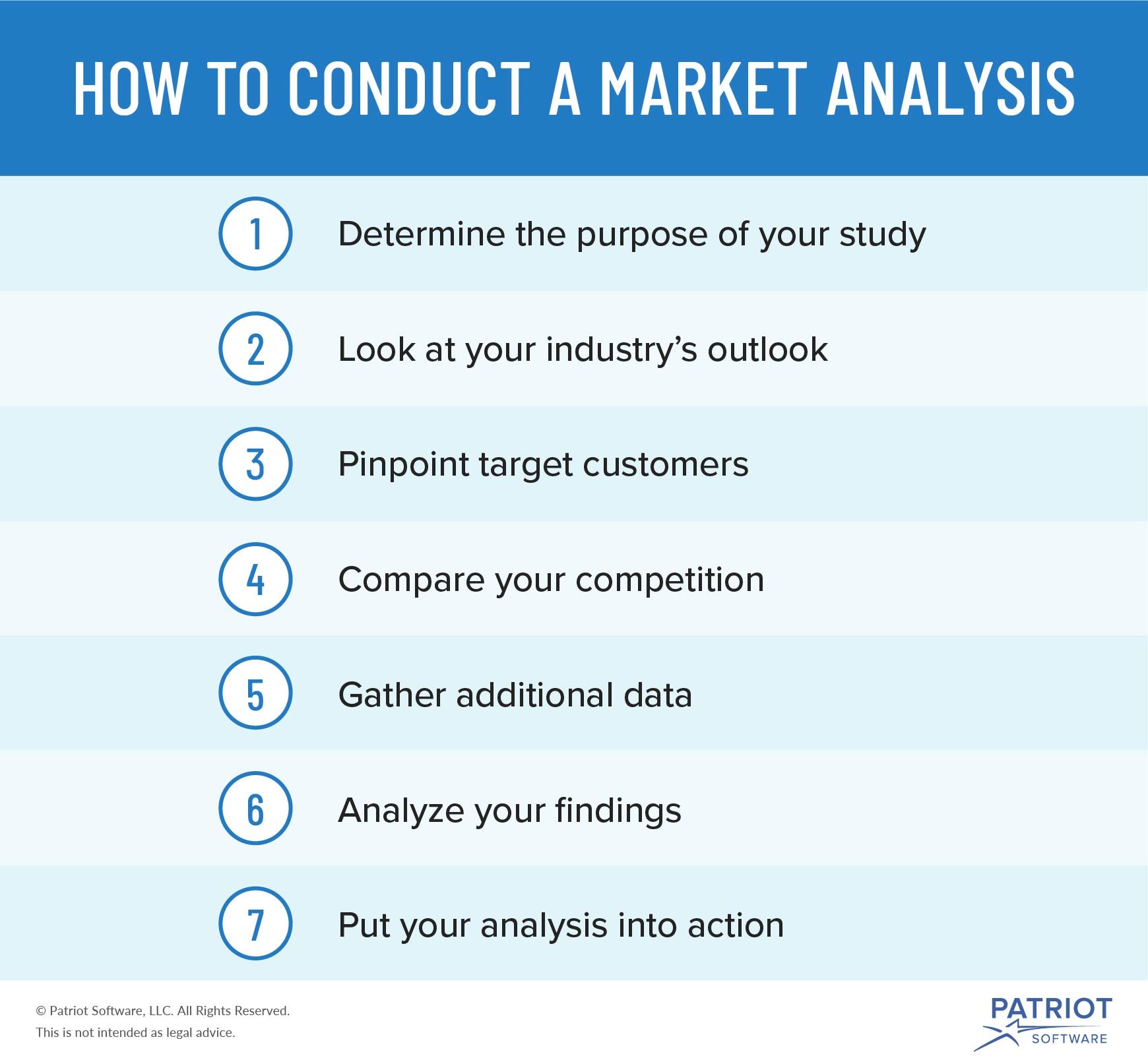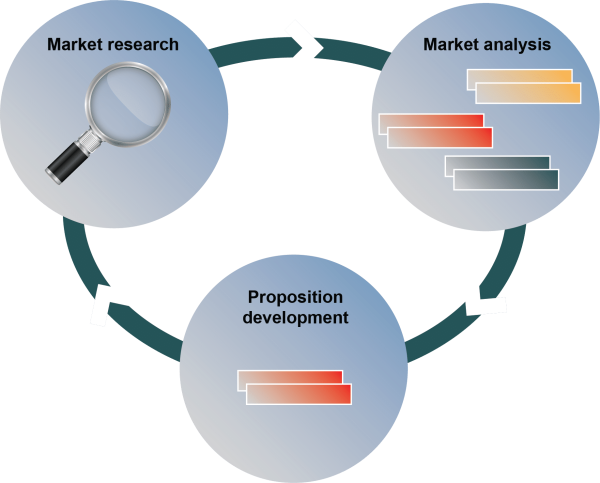Measuring Product Market Fit Presentation
| Introduction to Measuring Product Market Fit | ||
|---|---|---|
| Measuring product-market fit is essential for assessing the success and potential of a product in the market. It helps businesses understand if their product meets customer demand and if there is a strong fit between the product and its target market. By measuring product-market fit, companies can make informed decisions to improve their product and market positioning. | ||
| 1 | ||
| Identifying Key Metrics | ||
|---|---|---|
| Identifying key metrics is crucial for measuring product-market fit. Metrics like customer acquisition cost, customer lifetime value, and customer satisfaction scores help gauge the product's success in the market. Other relevant metrics might include conversion rates, churn rates, and net promoter scores. | ||
| 2 | ||
| Surveys and Interviews | ||
|---|---|---|
| Surveys and interviews are effective methods to measure product-market fit. Surveys can be conducted to gather feedback from customers about their satisfaction, willingness to recommend, and perceived value of the product. Interviews with existing customers can provide deeper insights into their needs, pain points, and how well the product addresses them. | ||
| 3 | ||
| Net Promoter Score (NPS) | ||
|---|---|---|
| NPS is a widely used metric to measure product-market fit. It measures customer loyalty and satisfaction by asking customers how likely they are to recommend the product to others. NPS ranges from -100 to +100 and helps identify promoters, passives, and detractors, providing a clear picture of product-market fit. |  | |
| 4 | ||
| Cohort Analysis | ||
|---|---|---|
| Cohort analysis enables measuring product-market fit by tracking the behavior of specific customer groups over time. It helps identify patterns, trends, and differences among cohorts, allowing businesses to understand if their product resonates better with certain segments. Cohort analysis can be used to track metrics such as customer retention, revenue growth, or engagement rates. | ||
| 5 | ||
| Usage and Engagement Metrics | ||
|---|---|---|
| Monitoring usage and engagement metrics is crucial for measuring product-market fit. Metrics like active users, time spent on the product, and feature adoption rates indicate how well the product meets customers' needs. By analyzing these metrics, businesses can identify areas to improve and ensure better alignment with the target market. | ||
| 6 | ||
| Market Surveys and Customer Feedback | ||
|---|---|---|
| Conducting market surveys and gathering feedback from customers helps measure product-market fit. Gathering insights on customer preferences, pain points, and willingness to pay provides a comprehensive understanding of how well the product fits the market. Feedback can be collected through online surveys, focus groups, or customer support interactions. | ||
| 7 | ||
| Competitive Analysis | ||
|---|---|---|
| Conducting a competitive analysis helps measure product-market fit by comparing the product's performance with competitors. It provides insights into the unique value proposition, pricing, and features that differentiate the product in the market. Analyzing market share, customer reviews, and customer sentiment towards competitors can indicate the level of product-market fit. | ||
| 8 | ||
| Iterative Improvement | ||
|---|---|---|
| Measuring product-market fit is an ongoing process that requires continuous iteration and improvement. It is essential to regularly measure metrics, gather customer feedback, and adapt the product accordingly. By constantly iterating and improving, businesses can achieve a stronger product-market fit and increase their chances of success. | ||
| 9 | ||
| Conclusion | ||
|---|---|---|
| Measuring product-market fit is crucial for assessing the success and potential of a product in the market. Key metrics, surveys, interviews, NPS, cohort analysis, usage metrics, market surveys, and competitive analysis are effective methods for measurement. Continuous iteration and improvement are essential to achieve and maintain a strong product-market fit. | ||
| 10 | ||








